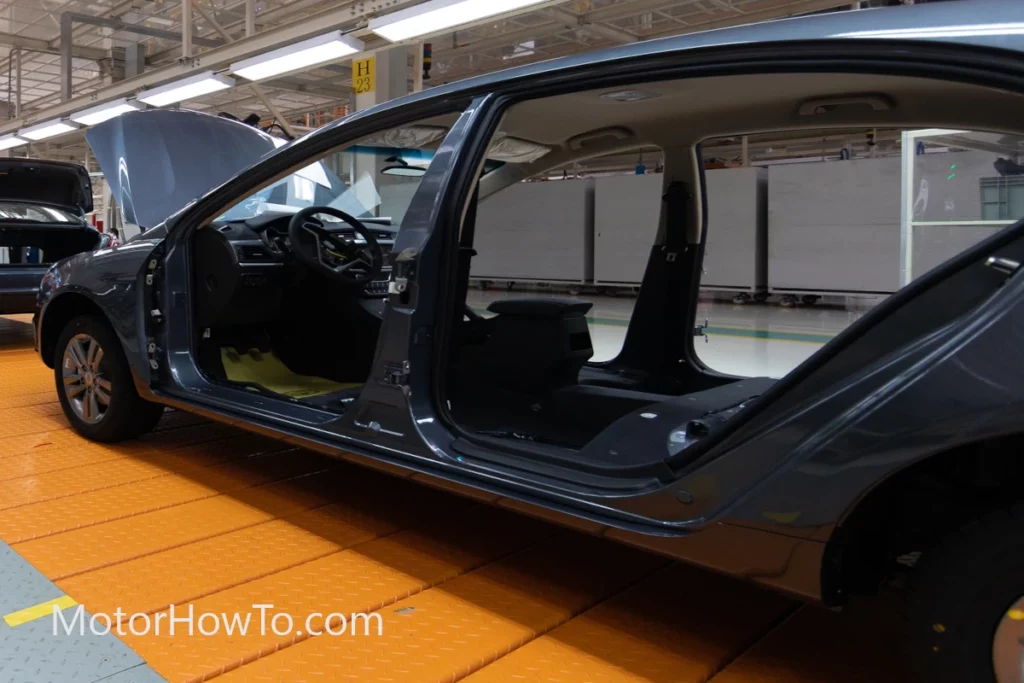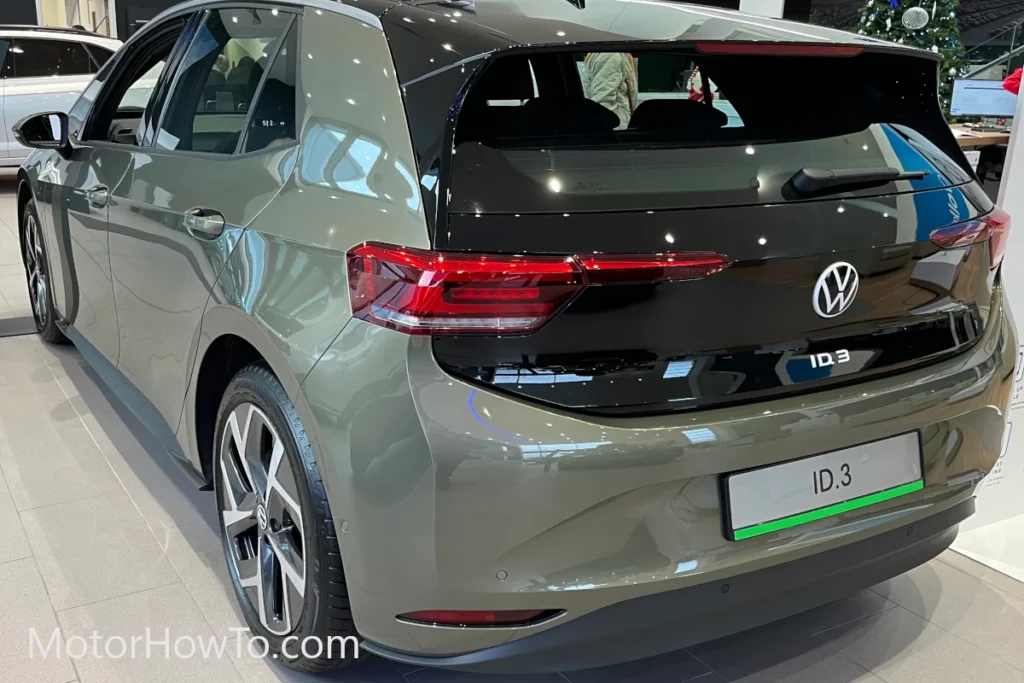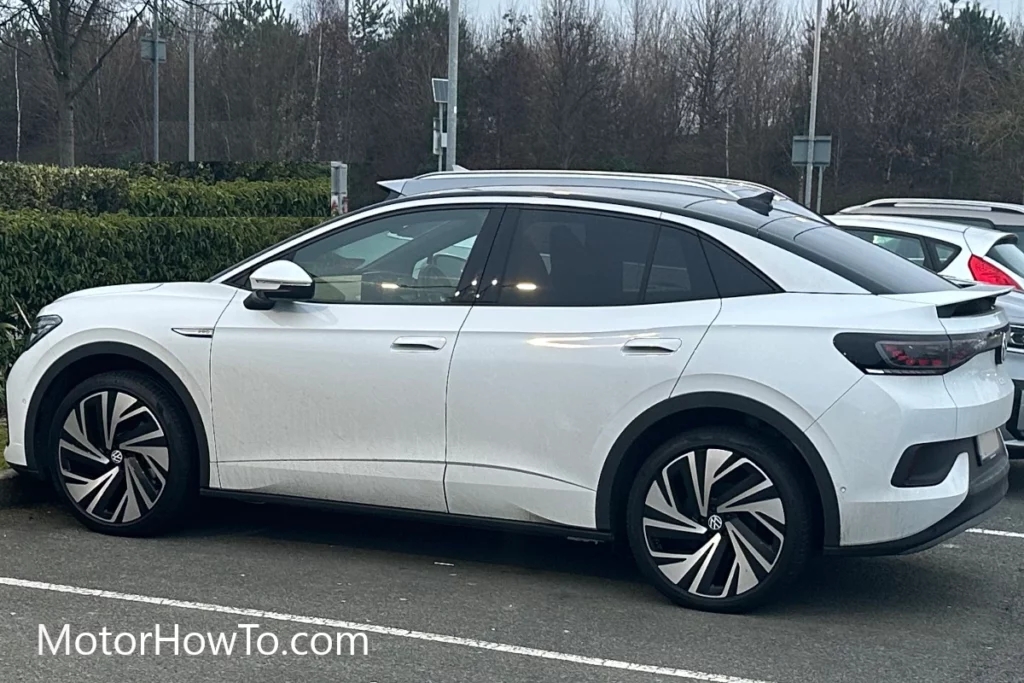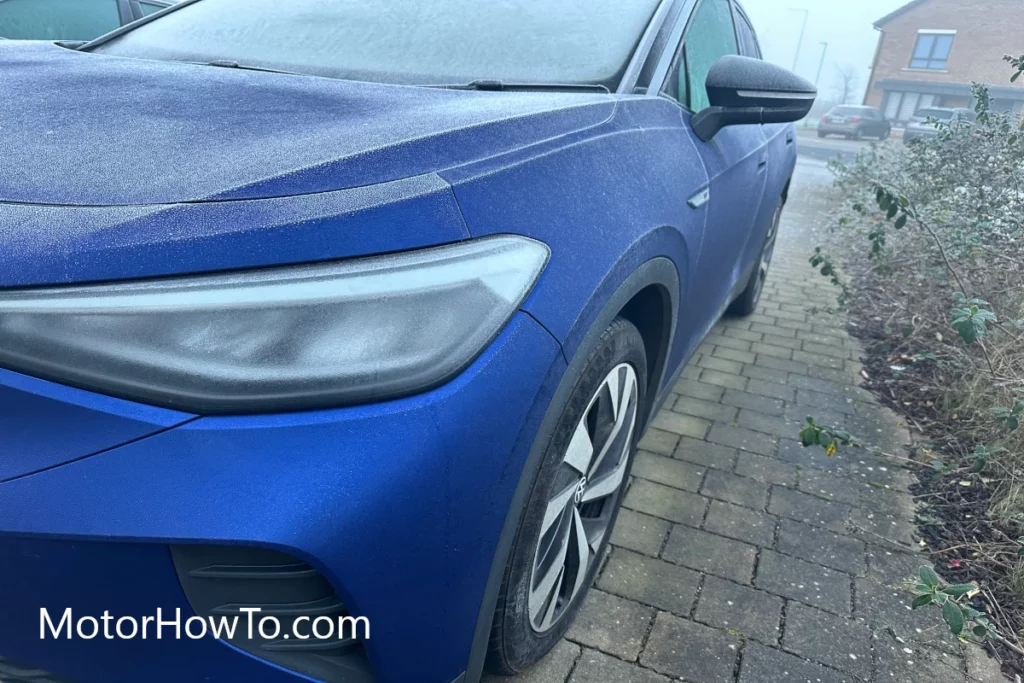Every car owner should pay attention to the car body, which includes chassis and frames since they are vital parts of a vehicle.
They are one of the major components of a car, meaning that if your car lacks chassis and frames, then there can’t be stability or movement.
They are usually constructed with solid materials like carbon steel to offer strength and aluminum alloys for more lightweight construction.
Additionally, car chassis & frame parts are composed of components like body panels, trunk or hood, front and rear end modules, body reinforcement, bumper, etc. among many others. Most car owners usually don’t get a chance to select a chassis or frame for their cars.
However, getting some knowledge about these car parts will help you know the strength and abilities of your vehicle.
If you want to discover more about chassis and frames, continue scrolling to understand better.

What Is a Chassis?
Chassis is a French word used to mean the vehicle’s primary structure or frame. Nowadays, it’s commonly used to mean the entire vehicle with the body except for heavy vehicles containing an independent body.
It is usually difficult for many car owners and drivers to notice a chassis.
Still, the fact of the matter is that:
- The chassis carries the components of your car to propel them.
- Directs the movement of your car.
- It enables the car to move smoothly over bumpy terrains and stops it.
It is also called “a carrying unit” because the fundamental components of the car are mounted on it.
Related:
- Understanding Car Safety Systems
- Understanding Car Engines
- Understanding Car Tires And Wheels
- Understanding Car Drivetrain System
- Understanding Car Interior
- Understanding Car Technology
- Understanding Car Connectivity
- Understanding Car Security Systems
- Understanding Car Exterior
What Is a Frame?
Now, the frame is a crucial part of the chassis. The components of the chassis are usually mounted on it.
It is more of a rigid and firm structure that keeps all the car components together.
Its main functions include:
- Carry the load of passengers and vehicles.
- Bears the transmission and engine torque, together with braking and accelerating torques.
- It withstands the twisting and altering force while cornering.
- It Bears the centrifugal force during cornering.
Three different steel sections usually construct the frame:
- Box section
- Channel section
- Tubular section
The channel section is seen in extended members, while the box section is placed in cross members. The frames are usually firm and rigid enough to withstand sudden brakes, accidents, and loads.
What Are the Components of Car Chassis & Frames?
The components of the chassis and frames include the body panel, hood or trunk, front and rear end modules, body reinforcement, bumper, and fuel tank. We shall discuss each part in detail to help you understand them better.
1. Body Panel
A body panel is an assortment of wide steel parts fixed around your car. The steel sections usually cover the entire vehicle’s components and other systems from external damage. It also protects drivers and passengers from collision and external environmental elements.
You will find different types of auto body panels in cars which perform different functions, and they include.
Bumper Panels
These are auto body panels installed at different points in your car. Either back or front. Some are even fixed at the side. The bumper panel helps to minimize speed collision damage, making you spend less for repair. It protects you and the car from dirt, collisions, and other external materials.
Fender Panel
The fender panel is specifically located at the front of the doors and gravitates towards the front wheels, then ends around the headlights. It resembles an arc, making it suitable to enhance the look of the fender and cover the body of your vehicle from any dirt, debris, and snow, among other materials, that your car tires come in contact with while driving.
It also protects the driver and the car from a collision in case of one. You will only spend a little money on the repair.
Hood Panel
The hood is also called the bonnet, mainly found on top of your engine. You can open your hood cover to facilitate your engine compartment repair and maintenance.
Hood panels are also manufactured from carbon fiber, aluminum, steel, or fiberglass for strength and durability.
The header panel is mainly situated above the bumper and is made of sheet metal, plastic, or fiberglass. It primarily links the headlights and the grille.
2. Trunk or Hood
As some people usually refer to it as the bonnet, the car hood is a hinged cover covering any front-engine vehicle’s engine bay. It covers and protects your engine and the surrounding parts from external elements. It also helps you to have easy access to the engine while performing maintenance and repairs.
The car hoods are made from steel and aluminum, while other aftermarket ones may be manufactured in fiberglass, carbon fiber, or dry carbon.
Using a concealed latch to lock your hood as you drive would be best. Additionally, hoods may include hood scoops to enable a higher engine capacity and increased airflow for improved car output performance.
3. Front and Rear End Module
The Front-end module is a significant part of your car as it combines many components like forward lighting, radiators, air conditioning, cooling fans, and hood latch wiring. It gives structural stability to your car and enables the components to be mounted on it.
During a collision, front-end modules usually act as crash structures. They absorb and collapse during a collision to avoid the passenger and driver getting hurt. Companies are currently manufacturing plastic front-end modules that help save fuel and increase your car’s performance.
The rear-end module is a chassis component mainly located at the rear-end area of your car and assists in minimizing collisions at the back of your car.
4. Body Reinforcement or Protector
Body reinforcement or protector is specifically designed to protect the car body. It has outstanding shockproofing abilities and protects the car body from scratches, insects, and car wash brushes. Your bumpers, doors, front end, and wings are protected by body protectors, minimizing damage to your vehicle’s body.
5. Bumper
Car bumpers are made of protruding plastic or metal that cover the energy-absorbing materials. Car bumpers are designed to withstand impact at the front and rear of cars, reducing low-speed collision damage.
You will notice different car bumpers, including step bumpers, standard bumpers, cowboy bumpers, and tube bumpers.
Anytime you get into a collision that damages the bumper’s internal structure, you will have to replace it so that you enjoy your comfort. Replacements are quite costly, but your new bumper will serve you better.
What are the Different Types of Car Chassis & Frames?
There are two main types of chassis and frames, namely:
- Conventional Frame Chassis
- Non-Conventional Frame Chassis
1. Conventional Frame Chassis
Conventional frame chassis usually support all the systems in a car, like the braking system, engine, suspension system, and transmission system. Its frame is made in a separate unit offering a shape of a ladder frame.
You will find this type of frame in oversized vehicles, truck buses, and SUVs. The chassis is rigid and firm. They only get damaged a little when accidents occur. This chassis type is also referred to as the body on the chassis.
Advantages
- Much easier to develop and manufacture
- Simple to repair when accidents occur
- Has a greater load strength and capacity
- You can dismantle and repair components fitted to this chassis in case of accidents.
Disadvantages
- Cars with this chassis frame tend to vibrate quickly when the handling and refinement is lower.
- You spend more fuel while using it because of its heavier weight incorporated into your car.
2. Non-Conventional Chassis
Also known as frameless chassis, non -conventional chassis also support the fundamental components of a vehicle. However, it doesn’t have a ladder frame. Its body usually serves as the frame. Some call it unibody chassis, primarily used in modern vehicles and fitted in luxury cars.
Advantages
- Vibration and shaking of other parts are reduced because of the absence of a frame joint.
- It uses less fuel than conventional chassis.
- It gives more body weight and rigidity, making handling to be outstanding.
Disadvantages
- Low capacity of supporting weight
- Not safe when accidents occur
- Its vehicle design makes it not that good in some scenarios
3. Backbone Frame Chassis
The backbone frame chassis is named after the shape it resembles, a backbone. It has a cylindrical and hollow rectangular cross-section flowing through it, linking the rear and front suspension like a backbone. Its circular tube rotates around the driveshaft.
Advantages
- Its cylindrical tube surrounding the driveshaft helps to prevent damage during off-roading.
- Its design gives outstanding contact between the ground and the half axle, making it the best option for off-roading.
- Its design torsional firmness is top-notch than ladder chassis.
Disadvantages
- When the driveshaft is damaged, you will have to disassemble the whole chassis frame since the cylindrical chassis surrounds the driveshaft.
- It’s costly to manufacture this chassis, thus increasing the entire cost of your car.
4. Monocoque Chassis
Monocoque is a French word that implies a single shell. It is a unibody frame that is named after its structural design. This frame was first seen in ships, then progressed to aero planes. So far, they have progressed to cars, and now you can find them in many car models.
It resembles the endoskeleton of a vehicle made by fitting a chassis and a complete regular frame in a single unit. Monocoque chassis is the most commonly used chassis because of its benefits.
Advantages
- Simple to repair
- Outstanding torsional rigidity
- Safer because of its cage-like make
Disadvantages
- The combination of chassis and frame makes it heavy.
- Relatively expensive if manufactured in smaller numbers.
5. Tubular Chassis
Tubular chassis is a three-dimensional chassis commonly used in performance cars because of its excellent safety. You don’t see it occasionally in passengers’ cars. It is much stronger even underneath the doors so as to achieve a more consolidated strength.
Advantages
- More rigid for the chassis of the nearly identical weight.
- It offers an excellent ratio of weight and rigidity well, making the car light and strong.
- Most preferred for racing cars.
Disadvantages
- Tubular chassis has a complex design making it difficult to be manufactured by conventional methods.
- Production takes a lot of time and can’t be manufactured in large numbers
- Not suitable for passengers’ vehicles.
- The tubular chassis raises the door, making it challenging to enter the cabin.
6. Integral Frame
This frame type appears like there is no frame at all. All the assembly units are usually joined to the body. The frame and the body are one unit welded together where all the frame operations are performed.
It’s designed so that the body sheets withstand the metal framework stresses. It, in turn, saves a portion of weight over the conventional distinguished frame and the body construction.
The quality and quantity of a car depend a lot on its premise. That’s why designers underpin their cars with the most appropriate chassis and frames for excellent support.
Conclusion
There is so much about chassis and frames that many car owners and drivers must be aware of.
They hold most of the car components, which makes them vital parts of your car.
Always ensure you properly maintain these car parts to help offer the best support.
The various types of chassis and frames listed above will help you know which type is yours and discover the strength and weaknesses of each.
We hope this article has been beneficial to you and you will start giving chassis and frames the attention they require.
Remember, the best chassis and frames are the ones that are strong, rigid, and light.
Sources
Conventional and Non-Conventional Types of Automotive Chassis
Car Chassis 101: The Functions, Types and Components



